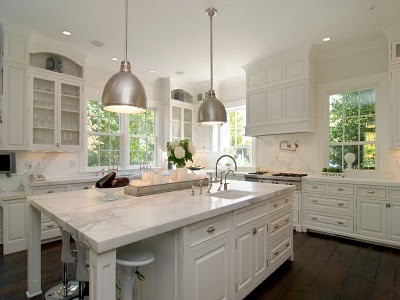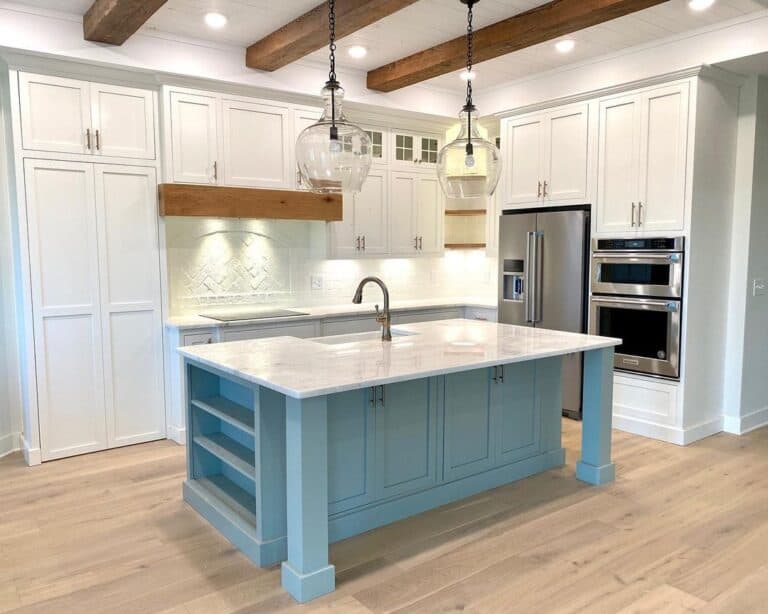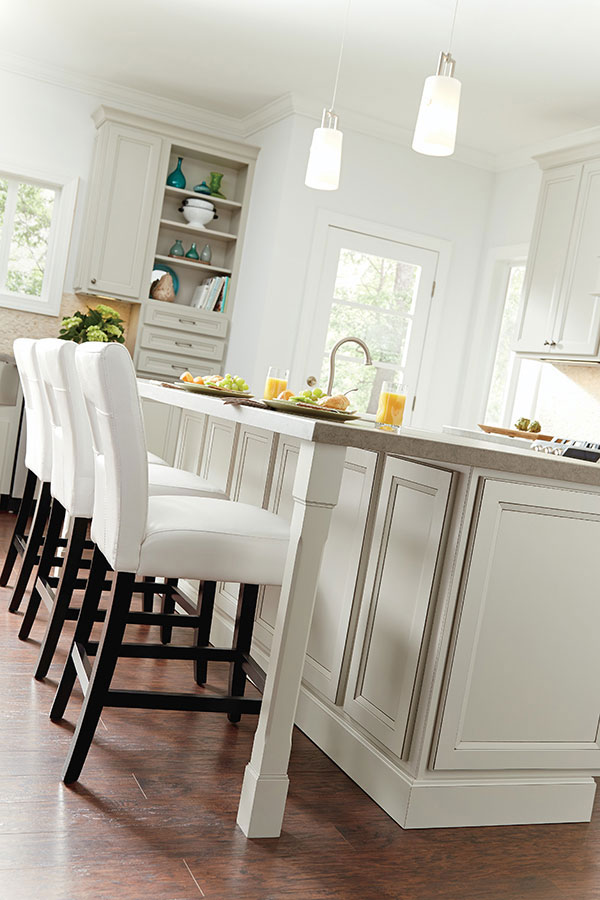Accomplish an Innovative Appearance Using Ornate Legs For Kitchen Island Styles
Accomplish an Innovative Appearance Using Ornate Legs For Kitchen Island Styles
Blog Article
Crucial Variables to Take Into Consideration When Choosing Legs For Kitchen Area Island
Picking the suitable legs for a kitchen area island entails a careful analysis of several aspects that can dramatically influence both capability and visual appeal. As we discover these components, it comes to be clear that each decision can have far-ranging implications for the general kitchen area experience.
Product Options
When picking legs for a cooking area island, understanding the numerous material options is important for attaining both visual allure and architectural integrity (Legs For Kitchen Island). The choice of product substantially influences not only the durability of the island however likewise its overall design and performance
Wood is a preferred selection, using heat and flexibility. Strong woods, such as oak or maple, supply toughness and can be tarnished or painted to match the cooking area design. Steel legs, typically made from stainless steel or functioned iron, add a industrial and modern feel while making certain longevity and stability. These materials are immune to put on and can sustain considerable weight, making them ideal for larger islands.
Another choice is engineered materials, like MDF or plywood, which can be a lot more cost-effective while still providing a variety of finishes. Nevertheless, they might not offer the same level of security as strong timber or steel. Products such as acrylic or glass can create a contemporary look, though they may need extra support to make sure security.
Inevitably, the choice of product for kitchen area island legs must straighten with the preferred functionality and the general style of the kitchen.
Design and Layout

When taking into consideration style, the shape and finish of the legs are important. Tapered legs can supply a feeling of lightness and sophistication, while thicker, much more robust legs can convey strength and security. Additionally, the finish-- be it painted, stained, or all-natural-- ought to complement the cabinetry and countertop materials to produce a unified appearance.
Furthermore, the design of the legs can also mirror personal taste. Personalized or ornamental legs, such as those featuring detailed carvings or distinct geometric shapes, can function as centerpieces, including personality and character to the kitchen area. Eventually, the ideal option will not just boost capability but also boost the visual allure, making the kitchen island a standout function check it out of the home.
Elevation Factors To Consider
Choosing the ideal height for cooking area island legs is essential, as it straight impacts both capability and comfort. The common height for a kitchen area island typically ranges from 36 to 42 inches, straightening with common counter top elevations.

It is additionally necessary to represent individuals' heights and choices. Tailoring the elevation can guarantee a comfy experience for all member of the family, making the cooking area island a much more useful and pleasurable space.
Weight Support
Ensuring adequate weight support for cooking area island legs is important for both safety and capability. The kitchen island often offers numerous functions, including food prep work, dining, and added storage space, necessitating a durable support framework. When selecting legs, it is critical to think about the total weight capacity called for based on the island's meant usage and the materials that will certainly be placed on it.
The selection of material for the legs plays a considerable duty in their weight-bearing abilities. Strong wood, metal, and sturdy composites normally provide exceptional toughness compared to lighter materials. In addition, the design of the legs-- whether they are directly, tapered, or have a pedestal kind-- can affect their ability to disperse weight properly across the structure.
Constantly get in touch with the manufacturer's specifications regarding load limits to ensure that the legs can sustain the desired weight without endangering safety and security. In recap, picking cooking area island legs with appropriate weight assistance is vital for producing a risk-free and functional cooking room.
Setup and Maintenance
Proper installment and maintenance of cooking area island legs are important for guaranteeing longevity and security. This frequently entails protecting the legs to the island base making use of proper fasteners, making sure that the legs are level and lined up.
Once mounted, regular upkeep is necessary to protect the look at here now integrity and appearance of the legs - Legs For Kitchen Island. For wood legs, regular cleansing with a damp towel and application of suitable timber gloss can protect against moisture damages and maintain their coating. Metal legs may call for a gentle cleansing remedy to eliminate oil and grime, complied with by a completely dry cloth to avoid corrosion formation
Furthermore, evaluate the legs on a regular basis for signs of wear or damage, such as fractures or loosened joints. Tightening up screws or screws as required can additionally prolong the lifespan of the legs. By adhering to these setup and maintenance methods, home owners can make certain that their kitchen island remains durable and visually appealing for many years to find.
Final Thought

Aesthetic comprehensibility is paramount in selecting the style and style of legs for a cooking area island, as these elements significantly Clicking Here affect the total ambiance of the space. Tapered legs can supply a feeling of agility and elegance, while thicker, more robust legs can communicate stamina and security.Picking the appropriate height for kitchen island legs is important, as it directly affects both capability and convenience. In recap, picking cooking area island legs with ample weight assistance is essential for creating a safe and functional culinary space.
In conclusion, selecting legs for a kitchen island necessitates careful consideration of various factors, consisting of product alternatives, design, height, weight support, and installation.
Report this page